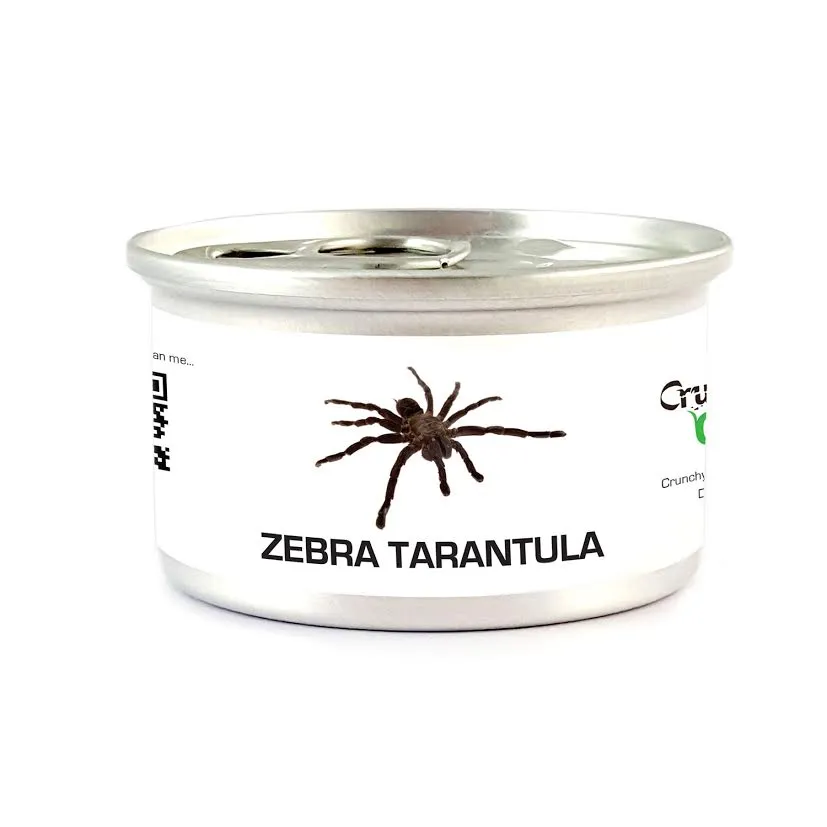Crunchy Critters Tarantula Feeding: Introduction
Caring for a tarantula involves providing a suitable environment, but the cornerstone of their well-being is their diet. Tarantulas are obligate carnivores, meaning their diet primarily consists of insects and other invertebrates. Understanding the best practices for feeding your tarantula with crunchy critters is crucial for its health, growth, and overall happiness. This guide will provide you with the top 5 essential tips for ensuring your tarantula receives a nutritious and satisfying meal, covering everything from selecting the right prey to maintaining a healthy feeding schedule. By following these guidelines, you can create a thriving environment where your tarantula can flourish and live a long, healthy life. Preparing the best food for your spider it’s a must!
Choosing the Right Crunchy Critters
The quality of food directly impacts a tarantula’s health and vitality. Selecting the right crunchy critters is the first step toward providing a balanced diet. Not all insects are created equal; some offer better nutritional profiles than others. Consider factors such as nutritional content, ease of availability, and the size of the prey relative to your tarantula. You should also be aware of the potential risks associated with certain types of feeders, such as parasites or pesticides. Ensuring your feeders are sourced from a reputable supplier is key to avoiding these issues. A varied diet of crunchy critters will provide your tarantula with all the nutrients it needs to thrive. For instance, Dubia roaches are an excellent choice due to their high protein content and relatively low fat content.
Nutritional Value of Crunchy Critters
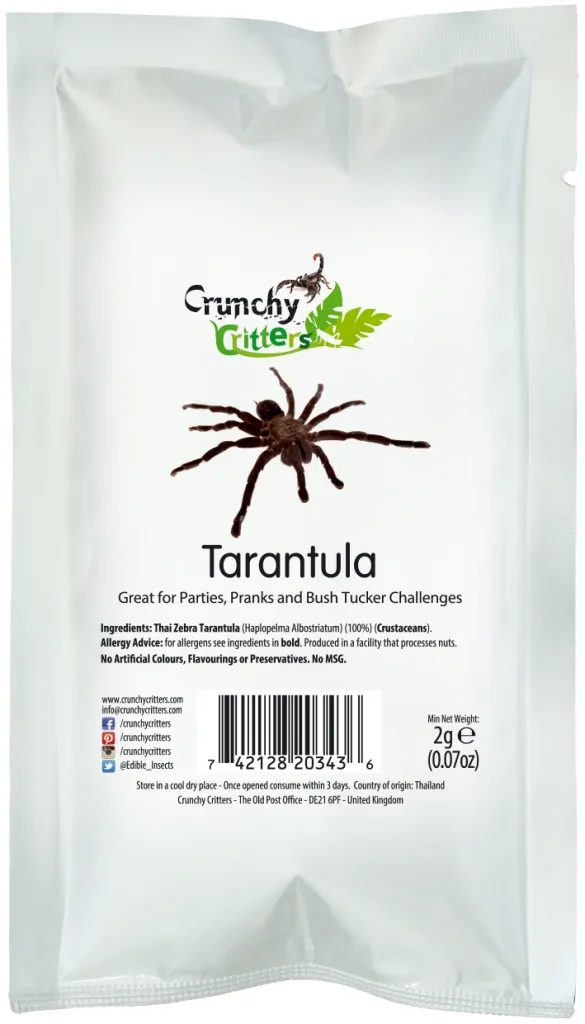
Different insects offer varying nutritional benefits. Crickets, for example, are a good source of protein and chitin, which aids in molting. Mealworms are high in fat, making them a good energy source, but they should be offered in moderation to avoid excessive weight gain. Roaches, such as Dubia roaches, are known for their high protein content and balanced nutritional profile. It’s essential to research the nutritional value of each type of prey to ensure a well-rounded diet. Many keepers supplement their feeders with gut loading, which involves feeding the insects a nutritious diet before offering them to the tarantula. This enhances the nutritional value of the feeders, providing your tarantula with a boost of vitamins and minerals. Understanding the nutritional value of your tarantula’s diet allows you to make informed decisions about their health.
Variety is Key: Different Critter Types
Offering a diverse range of prey items ensures your tarantula receives a wider spectrum of nutrients. Just like humans, tarantulas benefit from a varied diet. Relying on a single type of insect can lead to nutritional deficiencies over time. Consider rotating between crickets, mealworms, roaches, and other commercially available feeders. Introducing variety also helps to keep your tarantula engaged and prevents them from becoming bored with their meals. Observing your tarantula’s preferences can help you create a balanced diet that it enjoys. Some tarantulas may favor certain types of prey, while others will eagerly consume anything offered. Regularly changing the type of prey item helps maintain their appetite and ensure they get a broad range of nutrients, essential for long-term health and vitality.
Common Crunchy Critters
Several types of insects are commonly used as food for tarantulas. These are readily available and provide essential nutrients. Selecting feeders from reputable suppliers who prioritize quality and health is a must.
Crickets
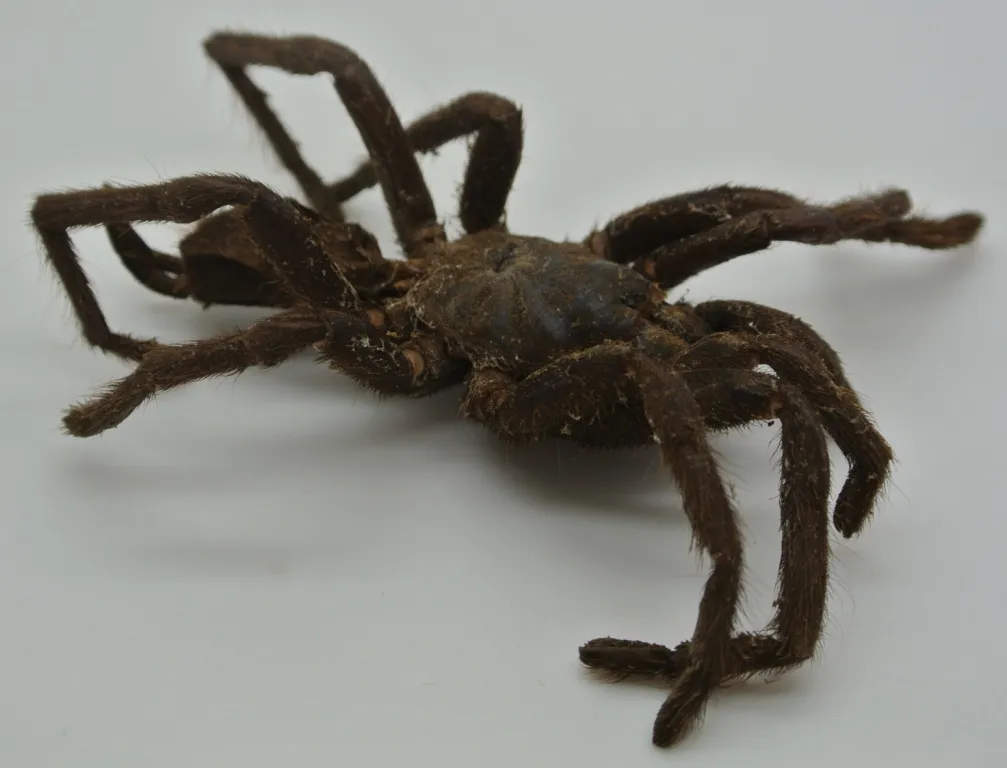
Crickets are a popular choice due to their accessibility and affordability. They are a good source of protein and are generally easy to handle and feed. Ensure the crickets are gut-loaded before feeding them to your tarantula, as this will enhance their nutritional value. Always remove uneaten crickets from the enclosure, as they can stress the tarantula and potentially injure it during molting. Crickets are relatively easy to breed, and are found in almost every pet store. When choosing crickets, select ones that are of an appropriate size for your tarantula – the size of the prey should not exceed the size of the tarantula’s abdomen.
Mealworms
Mealworms are another common feeder insect that are easy to breed and maintain. They are high in fat, so they should be offered in moderation, especially to tarantulas prone to obesity. Mealworms are a convenient option due to their long shelf life and ease of storage. They can be easily gut-loaded to increase their nutritional value. Always make sure the mealworms are alive and healthy before feeding them to your tarantula. They may be easier to catch because they cannot climb surfaces as crickets. The convenience of mealworms makes them a popular choice for keepers, but balancing their fat content is essential for your tarantula’s health.
Roaches
Roaches, particularly Dubia roaches, are highly regarded as a nutritious and balanced food source. They offer a high protein content and are relatively easy to breed, making them a sustainable option. Roaches are less prone to jumping and hiding compared to crickets, making them easier to manage in the enclosure. They are also less likely to disturb or injure your tarantula. The nutritional profile of roaches often surpasses that of crickets and mealworms, providing an ideal balance of nutrients essential for tarantula health. When incorporating roaches into your tarantula’s diet, ensure they are sourced from a reliable breeder to prevent any potential health risks associated with poorly-bred insects.
Feeding Frequency and Portion Size
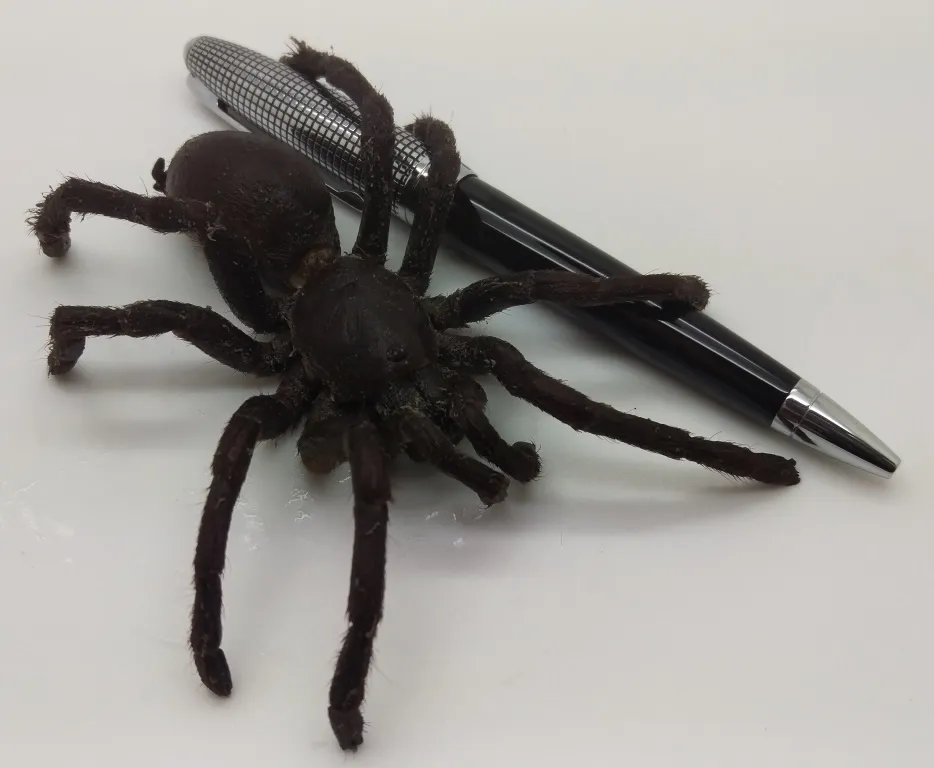
Establishing a consistent feeding schedule is crucial for your tarantula’s health and well-being. The frequency of feeding, along with the portion size, should be tailored to the tarantula’s age, species, and overall condition. Overfeeding can lead to obesity and health problems, while underfeeding can result in stunted growth. Observing your tarantula’s behavior and appetite will help you fine-tune your feeding plan. Regular monitoring ensures that you adjust the feeding schedule to meet your tarantula’s needs. It is essential to understand the specific requirements of your tarantula species. This knowledge allows you to provide adequate nutrition. Creating an ideal diet will result in a thriving tarantula.
How Often to Feed Your Tarantula
The feeding frequency depends on the tarantula’s age and growth stage. Spiderlings, or young tarantulas, require more frequent feeding, usually every 2-3 days. Juvenile tarantulas can be fed every 4-7 days, while adult tarantulas often need to be fed every 1-2 weeks. Adjust the frequency based on your tarantula’s appetite and how quickly it consumes its meals. Always observe your tarantula’s behavior and look for signs of overfeeding or underfeeding. Molting tarantulas will typically stop eating for weeks before the process, so avoid offering food during this time. If the tarantula’s abdomen is very large and swollen, reduce the frequency of meals.
Determining the Right Portion Size
The size of the prey should match the size of your tarantula. As a general rule, the prey should be no larger than the tarantula’s abdomen. For spiderlings, this may mean feeding small, pre-killed insects or flightless fruit flies. For larger tarantulas, you can offer larger prey items, like adult crickets or roaches. It is better to feed smaller meals more frequently than to overwhelm your tarantula with a single, large meal. This prevents the tarantula from feeling discomfort and reduces the risk of regurgitation. Adjust portion sizes based on your tarantula’s appetite. If the tarantula consistently leaves food uneaten, reduce the amount offered at the next feeding. Monitoring the tarantula’s abdomen size is a good indicator of whether it is receiving the correct amount of food.
Proper Handling and Preparation
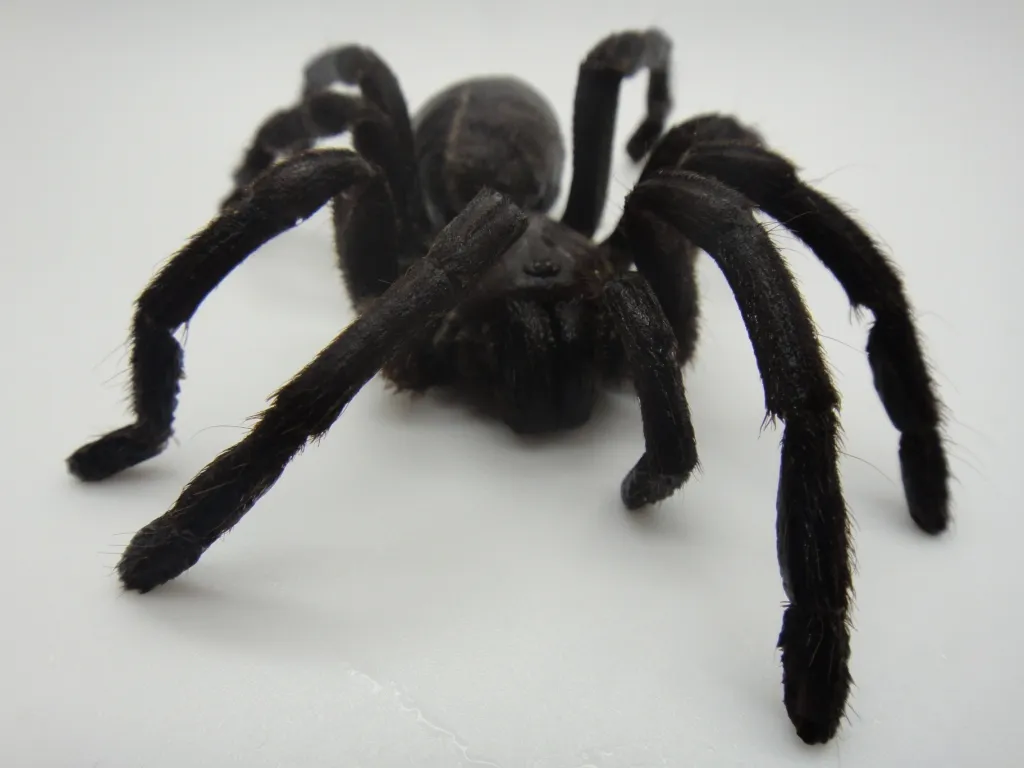
Proper handling and preparation of both the tarantula and the food is essential for a safe and stress-free feeding process. Handling your tarantula should be kept to a minimum. However, the preparation of the food needs to be considered when feeding.
Handling Crunchy Critters Safely
Always use tongs or feeding tweezers to offer food to your tarantula. This prevents the tarantula from associating your hand with food and reduces the risk of being bitten. If using live prey, monitor the enclosure to ensure the prey doesn’t hide or injure the tarantula during molting. Always use a separate pair of tongs for handling prey and avoid cross-contamination. Keep your hands clean, and wash them after handling any insects. Be aware of the prey’s behavior and avoid any sudden movements when offering food.
Preparing Critters for Feeding
If you’re feeding live prey, gut-load the insects by feeding them a nutritious diet a day or two before offering them to your tarantula. Pre-killed prey can be offered to tarantulas that are new to the hobby or are shy eaters. Ensure any pre-killed prey is fresh and has been properly stored. Remove any uneaten prey within 24 hours to prevent the buildup of waste and potential health issues. Consider lightly crushing the prey’s head if it is too large or if the tarantula has difficulty handling it. Clean all equipment used during the feeding process.
Observing and Adjusting
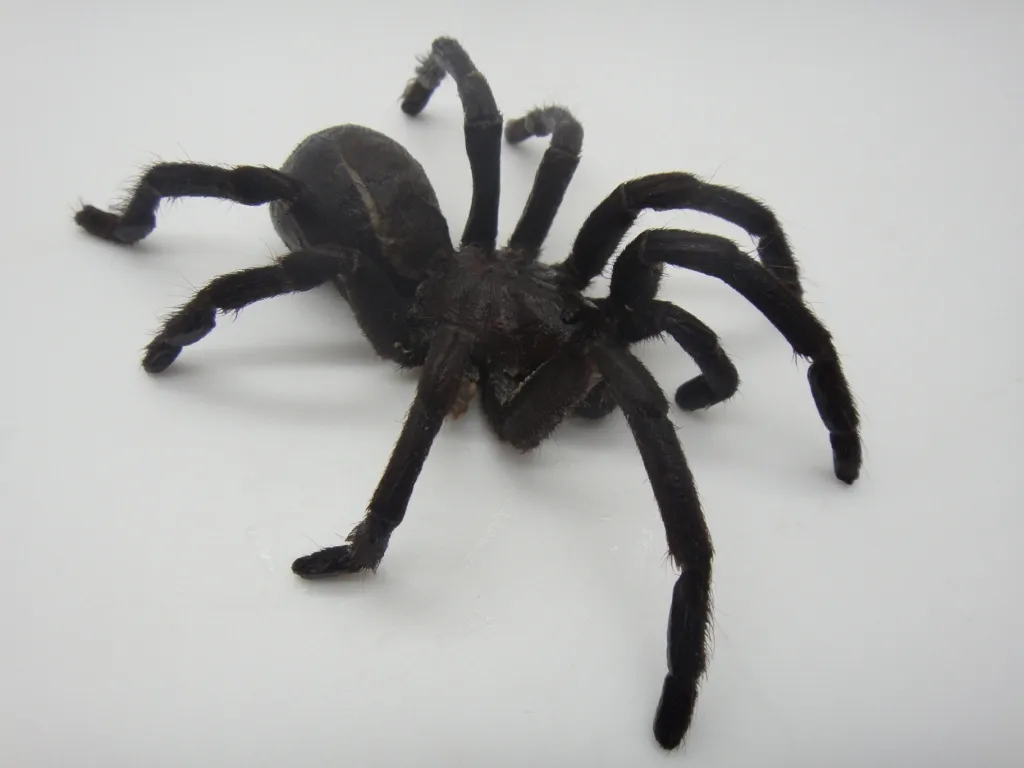
Regularly observe your tarantula’s behavior and eating habits to ensure they are thriving. Adjusting your feeding strategy is crucial for maintaining their health and happiness. Keep an eye out for any indications that adjustments are necessary.
Monitoring Your Tarantula’s Appetite
Pay close attention to how eagerly your tarantula consumes its meals. A healthy tarantula typically exhibits a strong appetite and will readily seize prey. If your tarantula consistently refuses food, it could be a sign of stress, an impending molt, or a health issue. Monitor the abdomen size and activity levels. An abdomen that is too large can indicate overfeeding, while a shrinking abdomen suggests underfeeding. Regularly observe the tarantula for any changes in its behavior or physical condition that may require you to change its diet. These adjustments will help you to provide optimal care and ensure your tarantula’s well-being.
Troubleshooting Feeding Issues
Sometimes tarantulas may experience issues with feeding, whether it is a refusal to eat or regurgitation. Understanding common problems and how to address them is crucial. If your tarantula stops eating, there could be several reasons, including an impending molt, stress, or illness. Check your enclosure’s temperature and humidity levels, as these can impact appetite. Ensure that the tarantula has access to fresh water. If the tarantula regurgitates food, it could indicate stress or a problem with the prey. Check the quality of the prey and consider adjusting the size or type of prey offered. Consult with a veterinarian who specializes in arachnids or an experienced tarantula keeper if the problem persists. Addressing feeding issues promptly will help maintain the health of your tarantula.
Maintaining a Healthy Habitat

Besides providing a proper diet, maintaining a clean and appropriate habitat is critical for your tarantula’s overall health and well-being. The environment significantly influences a tarantula’s behavior, appetite, and susceptibility to diseases. A well-maintained habitat helps reduce stress and encourages a healthy feeding response. Creating a healthy environment is one of the most important aspects of keeping a tarantula.
Conclusion: Feeding Your Tarantula Successfully
Feeding your tarantula with crunchy critters is a rewarding experience. Understanding their dietary needs and implementing the tips outlined in this guide will contribute to your tarantula’s health, growth, and longevity. Remember to select the right prey, vary the diet, establish a consistent feeding schedule, and properly prepare and handle the food. Regularly observe your tarantula’s behavior and adjust your feeding plan accordingly. By following these steps, you’ll provide your tarantula with the best possible care and help it thrive in captivity. Enjoy the fascinating world of tarantula keeping, and cherish the opportunity to care for these incredible creatures!
